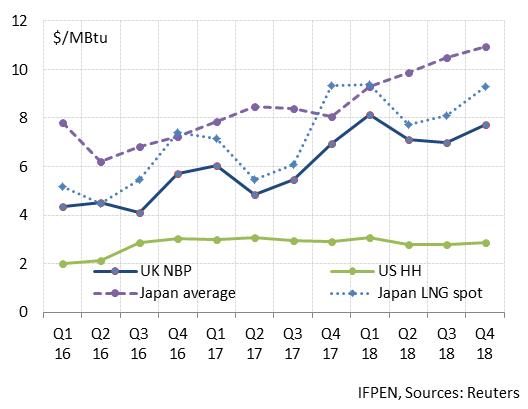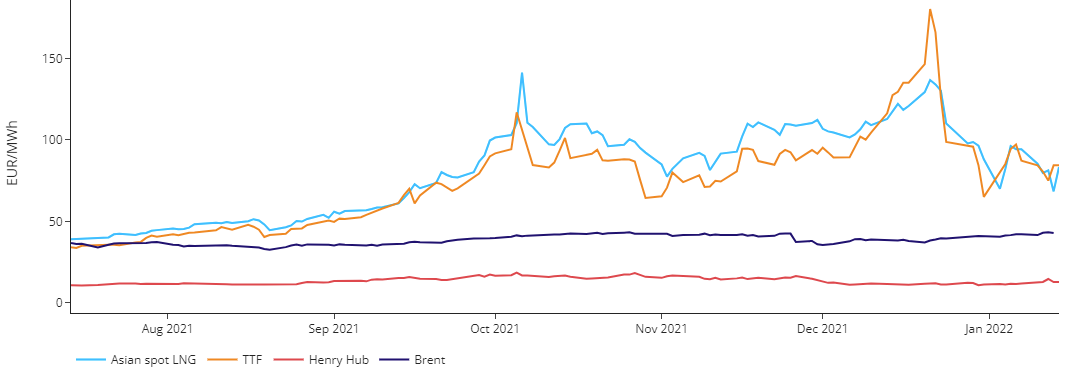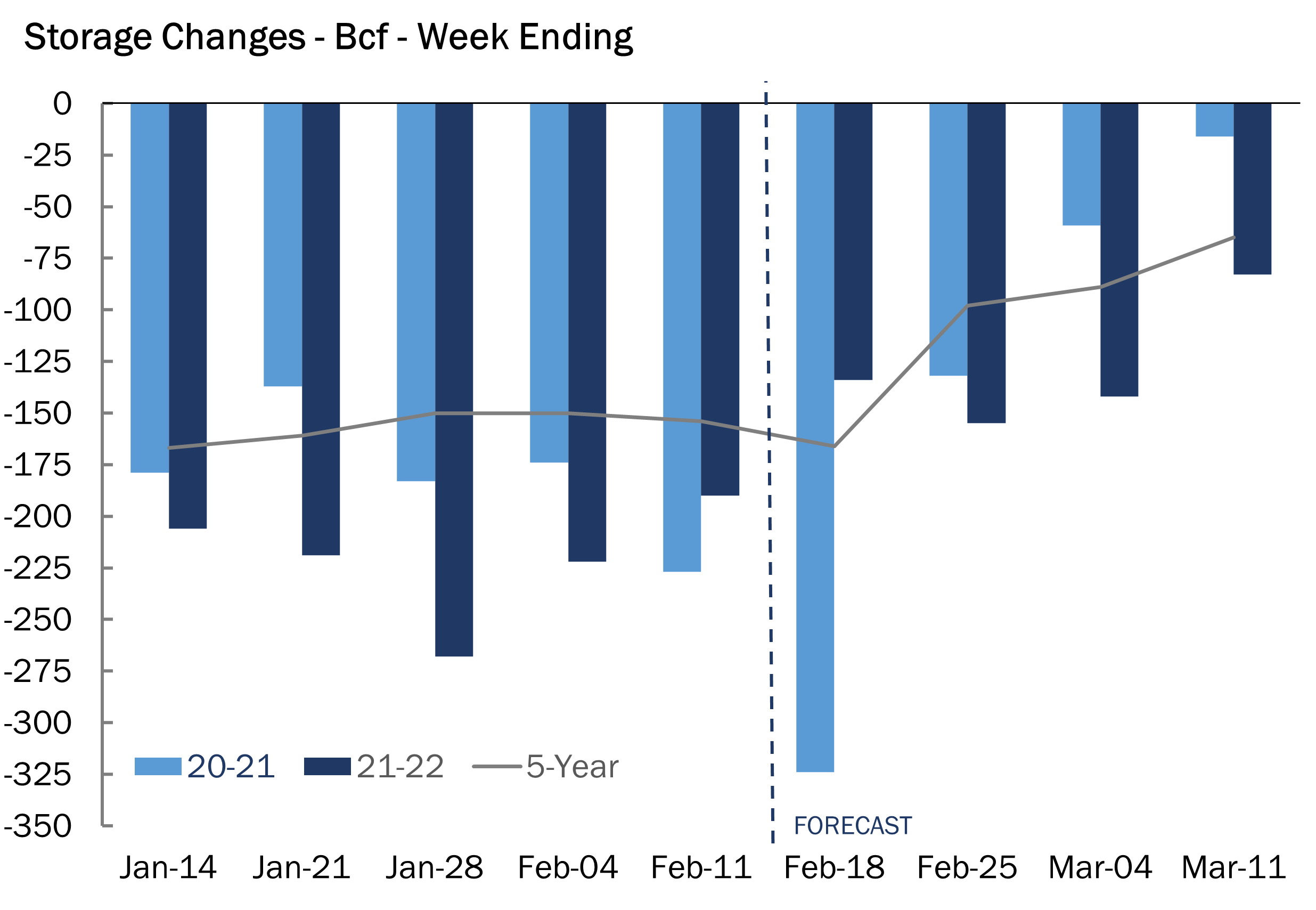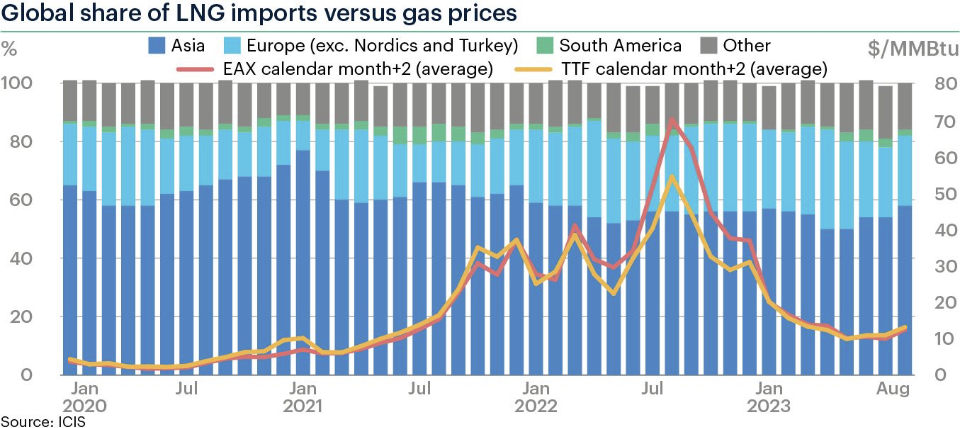

E-methane projects continue to gain traction all around the world, although the first droplets of commercial output are yet to be produced.
E-methane is produced by combining low-emissions hydrogen with a carbon source and it is almost identical in terms of physical and chemical qualities to the good old natural gas.
Hence, in contrast with hydrogen, e-methane is perfectly suitable to use in the current gas infrastructure, no repurposing magic is needed. this can lead to substantial cost-savings both on the producers and consumers side.
In addition, e-methane could play an important role in the future system integration of low-emissions gases, effectively acting as an intermediate between the methane and hydrogen networks.
It is also perfectly storable at a large scale in depleted fields and aquifers, and hence could contribute to meet seasonal energy demand variations -something hydrogen would still need to demonstrate.
The obvious drawback is on the cost side, with the levelised cost of e-methane is estimated between $50-200/mmbtu -this is higher than TTF prices at their historic peak during the 2022 gas crisis.
Steep learning curves will be needed to lower production costs to a reasonable level by 2040/2050.
In the meantime, the first project proposals are popping up, with a combined production capacity of over 1 bcm/y by 2030. Many of them are supported by Japan, who is betting big on e-methane: 90% of city gas demand would come in the form of e-methane by 2050.
What is your view? What is the future for e-methane? How to overcome the cost challenge?
Source: Greg Molnar. Join the conversation on LinkedIn













